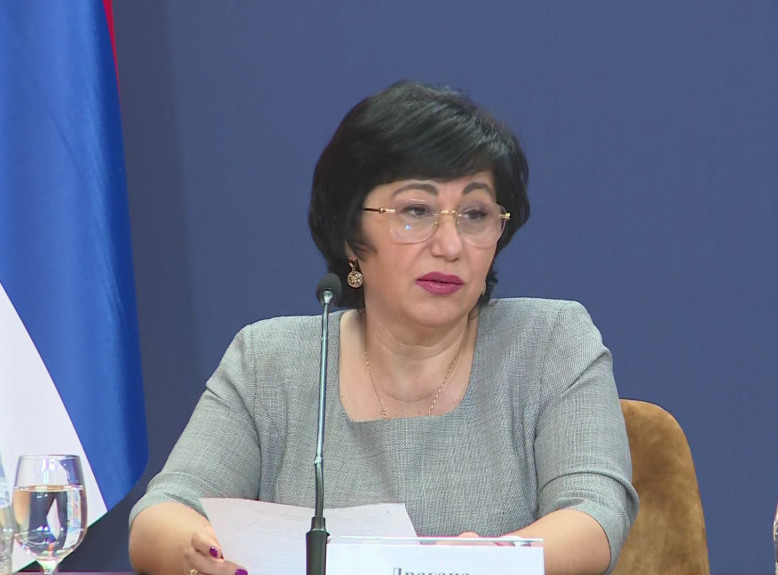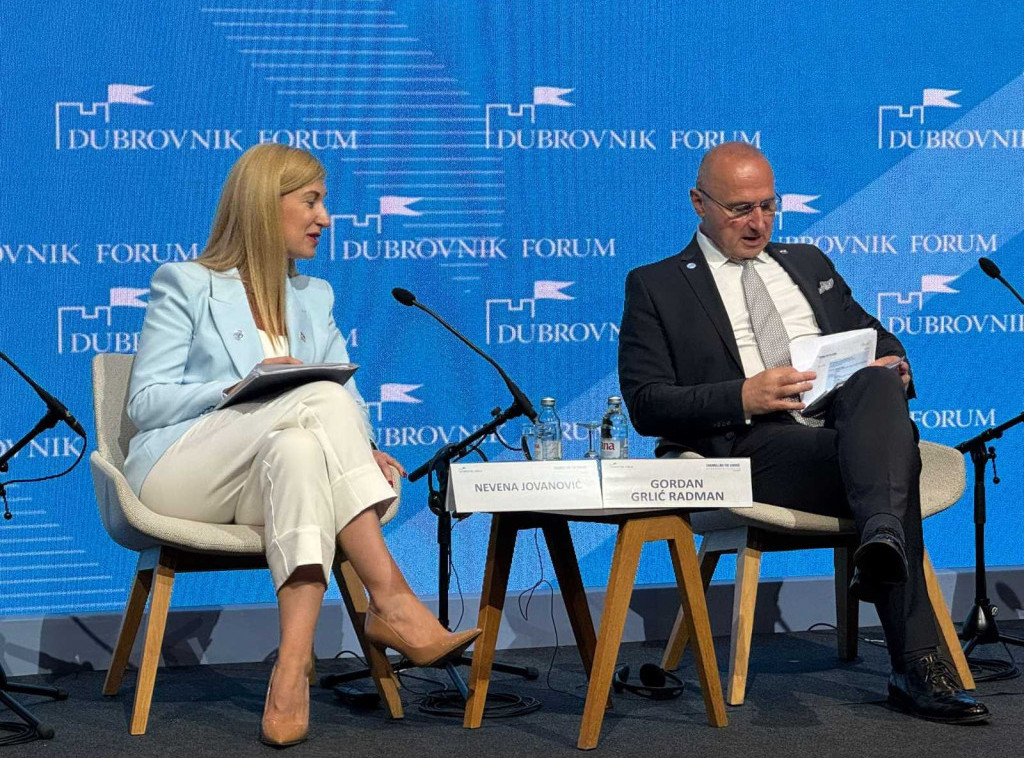Did you know that the European Union now has a whopping 450.4 million people? That’s a million more than last year! Yes, you read that right — for the fourth year in a row, the EU’s population is growing, and it’s all thanks to migration surging after the COVID-19 pandemic. While natural population growth is still negative (more people are dying than being born), migration is the hero saving the day and injecting fresh life into Europe’s demographics.
Eurostat revealed that since the start of 2023, the EU’s population has increased by 1.5 million. That means nearly 96 million more people live in the Union than a decade ago! This isn’t just a number — it’s a demographic earthquake reshaping Europe’s face.
Why does this matter? Because migration isn’t just a statistic; it’s the engine driving the economy, culture, and social change. While some grumble about migrants, Europe actually needs them to keep its population and workforce afloat. Without migrants, the demographic crisis would be way worse.
But let’s be real — this isn’t a fairy tale. Population growth brings challenges too: integration issues, pressure on infrastructure, and political tensions. Europe stands at a crossroads, and migration is either its golden ticket or its biggest headache. Who wins this battle? Time will tell.
If you think this is just another boring stat, think again. These numbers tell stories about people, lives, and the continent’s future. So, what’s your take? Are you for or against this demographic wave? Drop a comment, share your story, or crack a joke about migration — because hey, a little humor never hurts!








































































